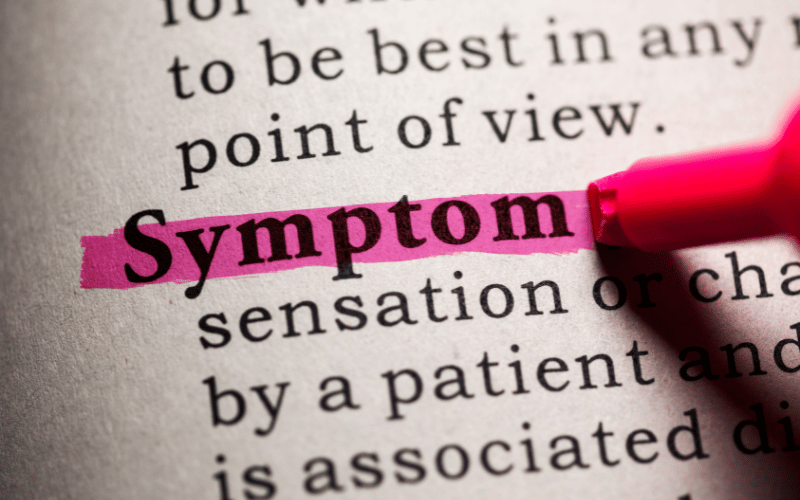Fact 3: Symptoms and Appearance

The initial phases of periungual warts are notoriously understated. Their onset typically sees them as small, discreet elevations around the nail. Their color closely matches the surrounding skin, making early detection challenging, especially for the untrained eye. Their size can be likened to pinheads, easy to mistake for minor skin irritations or inconspicuous bumps. Yet, even in this stage, a hallmark feature is their rough texture, contrasting the otherwise smooth skin around the nails.
As the wart develops, it takes on a distinct texture, setting it apart from other skin aberrations. Often described as “cauliflower-like,” this rugged texture becomes the wart’s defining characteristic. Additionally, they can invoke sensations of discomfort. The affected area might become sensitive to touch, with some individuals reporting a tingling or burning sensation. This mix of texture and sensation serves as a clear red flag, signaling the onset or presence of a periungual wart.
The progression of the wart can see it not just growing in size but also interacting more profoundly with the adjacent nail. This interaction can range from the wart pushing against the nail, causing it to deviate from its natural alignment, to the wart growing beneath the nail itself. Such growth patterns can lead to noticeable nail deformities. The nail might lift, become discolored, or even develop irregular growth patterns, all of which can be both visually noticeable and physically uncomfortable.
The full-grown periungual wart is hard to overlook. Apart from its distinctive texture and the nail deformities it might induce, it can also cause discolorations around the affected area. The wart itself might take on a darker hue than the surrounding skin. Moreover, in cases where the wart has caused blood vessels to rupture, there can be dark spots or patches. These visual alterations, coupled with the changes in nail appearance, make the wart’s presence unmistakable.
If left unaddressed, periungual warts can become a chronic issue. Their presence might stabilize, with no significant growth, but their symptoms persist. The area remains sensitive, with occasional flare-ups of pain or discomfort, especially when subjected to pressure or friction. The nail deformities they induce might become permanent, with the nail’s health progressively deteriorating. At this stage, the wart’s impact is both persistent and pervasive, affecting not just skin and nail health but also one’s daily comfort and self-perception. (3)